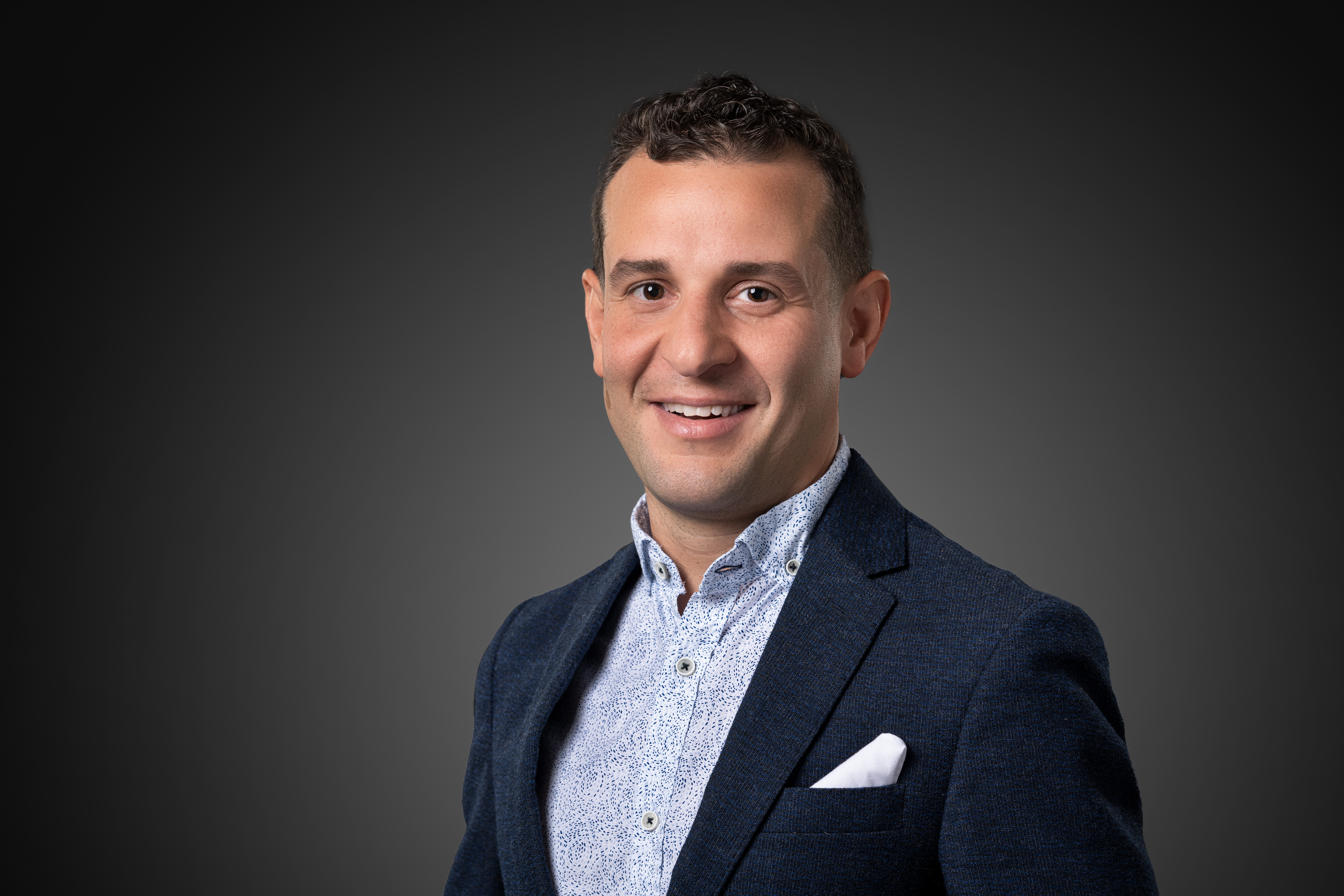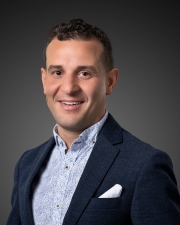How monolingual teachers can support bilingual students
In the School District of Philadelphia, about 10 percent of students can be classified as English language learners. Philadelphia schools offer a mix of English as a Second Language (ESL) and bilingual education programs to support these students — but Penn GSE’s Nelson Flores says that all teachers can do more to elevate the value of bilingualism in their classrooms.
Speaking on school programs for English language learners in Philadelphia on WHYY’s Radio Times, Flores emphasized that in the school setting, ESL students simultaneously navigate language development and mastering grade-level content. The reason that some students remain classified as English language learners for several years, Flores said, is typically not due to an inability to communicate in English, but because of not meeting grade-level content standards. Flores stressed that student performance is tied to other issues as well: in under-resourced schools where English language learners consistently underperform, so do their English-native classmates.

The most effective English language learning programs, Flores said, are dual language bilingual education programs, where the goal is for students to graduate with proficiency in both languages of instruction. Acknowledging the challenge of finding bilingual teachers who have the qualifications to teach, Flores noted that there are strategies that all teachers can use to support language development in their classrooms — among them, valuing the bilingualism of their students.
“There’s also a stance that teachers can take of seeing language as a resource, seeing bilingualism as a resource, and valuing and acknowledging that these students speak languages that they don’t speak — and really positioning the students as teachers in that sense... And I think all teachers can do that.”
You can listen to the full WHYY Radio Times conversation here.
You May Be Interested In

